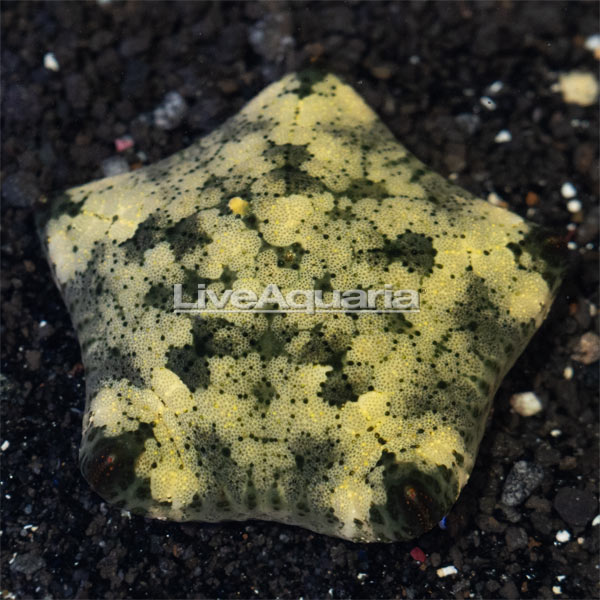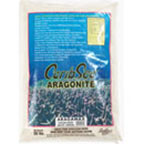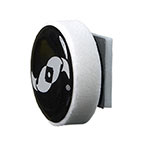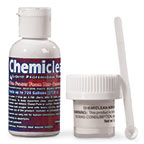

Additional locales and sizes may be available!
Additional locales and sizes may be available! Email me when availableQuick Stats
What do these Quick Stats mean? Click here for more information
What do these Quick Stats mean? Click here for more information
Overview
Getting its name from its puffy or inflated appearance, its arms will continue to grow larger until they meet each other, and the distinguishable sea star formation is only visible when you look at the underside of the sea star. Most often green as juveniles, adult colors can range from orange, red, brown, and yellow in mottled or camouflaged patterns. With their tube feet and mouth located on the bottom, the top of this sea star can be spiny, smooth or have a grainy appearance.
This Sea Star reproduces both sexually (through broadcasting) and asexually (through cloning or regeneration).
Like other invertebrates, it is sensitive to sudden changes in oxygen levels, salinity, and pH and cannot tolerate copper based medications. To successfully acclimate new specimens to your aquarium, use the drip acclimation method and never expose it to air while handling.
Living in shallow rocky reefs in nature, they prefer a sandy, coral rubble substrate with live rock containing algae. As it moves over the surface, this member of the Oreasteridae family will eat coral polys and other small sessile invertebrates as well as microbes and other bits of detritus.
To supplement its foraging diet, it can be fed dried seaweed or algae pellets and small pieces of clam meat.
Approximate purchase size: 2” to 3”











